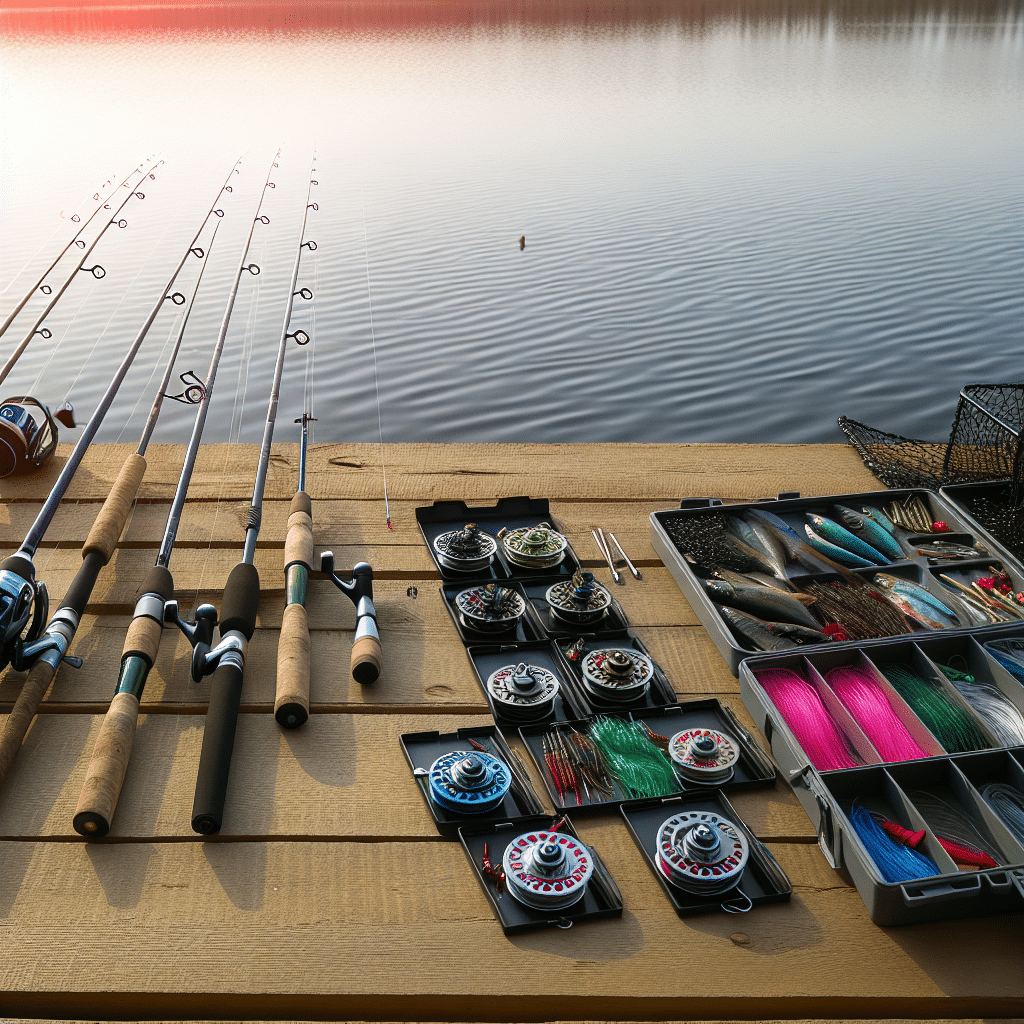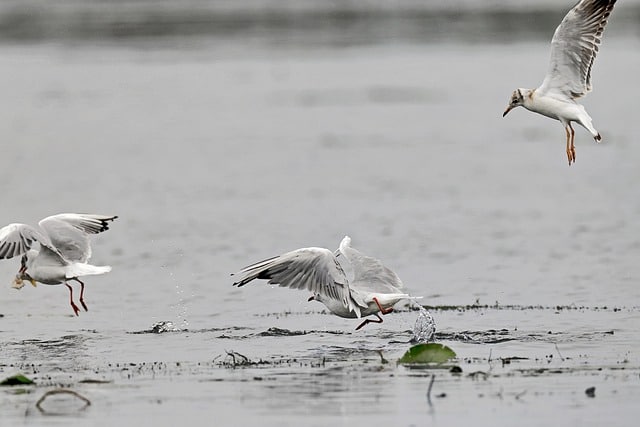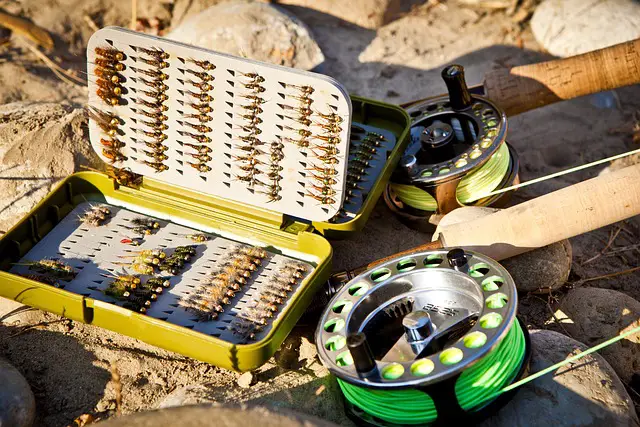Angling, the art and sport of fishing with a rod, has captivated millions of enthusiasts worldwide. Whether you are a seasoned fisherman or a novice eager to cast your first line, understanding angling gear can significantly enhance your fishing experience. This article aims to unravel the comprehensive list of essential angling gear that every fishing aficionado should consider.
What Constitutes Essential Angling Gear?
Angling gear encompasses a wide array of tools and equipment designed to aid anglers in their pursuit of catching fish. The choice of angling gear varies depending on the type of fishing, the environment, and personal preferences. Here’s a breakdown of the fundamental components:
1. Fishing Rods
The fishing rod is the cornerstone of angling gear. These rods come in various lengths, materials, and strengths, each suited to different types of fishing. Common materials include fiberglass, graphite, and composite blends.
– **Fiberglass rods** are durable and flexible, ideal for beginners.
– **Graphite rods** offer sensitivity and strength, preferred by experienced anglers for precision.
– **Composite rods** combine the advantages of both, offering versatility.
2. Reels
Reels are the mechanical devices attached to the fishing rod used for winding and unwinding the fishing line. There are primarily three types of reels:
– **Spinning Reels:** Known for their versatility and ease of use, spinning reels are suitable for light to medium fishing.
– **Baitcasting Reels:** These offer greater control and precision, preferred for heavier lures and lines.
– **Fly Reels:** Specifically designed for fly fishing, these reels are utilized for casting lightweight flies.
3. Fishing Line
The fishing line connects the bait or lure to the rod. It’s essential to choose the right line based on the type of fishing:
– **Monofilament Lines:** Versatile and affordable, monofilament lines are ideal for general-purpose fishing.
– **Braided Lines:** Known for their strength and sensitivity, braided lines are suitable for heavy cover fishing.
– **Fluorocarbon Lines:** Nearly invisible underwater, fluorocarbon lines are perfect for clear-water fishing.
4. Hooks and Baits
Hooks and baits are vital for luring and catching fish. The choice between artificial lures and live bait can depend on the species targeted and personal preference.
– **Artificial Lures:** These mimic the movement and appearance of live bait. Common types include jigs, spinners, and crankbaits.
– **Live Bait:** Live worms, minnows, and insects can be more enticing for certain fish species.
5. Tackle Box
A well-organized tackle box is crucial for storing and transporting smaller pieces of angling gear, such as extra hooks, sinkers, bobbers, and lures.
Specialized Angling Gear: Do You Need These Extras?
Beyond the basics, there are several specialized items that can enhance your angling experience:
1. Fishing Nets
Fishing nets are practical tools for securing your catch. Landing nets are used to scoop up fish, while casting nets are thrown to catch baitfish.
2. Waders and Boots
Waders and boots are essential when fishing in rivers, streams, or marshlands. They keep you dry and comfortable, allowing you to access deeper waters.
3. Polarized Sunglasses
Polarized sunglasses reduce glare off the water, making it easier to see fish and underwater structures. They are especially useful in bright conditions.
4. Multi-tool or Fishing Pliers
A multi-tool or a good pair of fishing pliers is indispensable for cutting lines, removing hooks, and other on-the-spot adjustments.
Choosing the Right Angling Gear: What Should You Consider?
Selecting the right angling gear requires careful consideration of several factors:
1. Target Species
Different fish species require different types of equipment. For instance, targeting bass may require stronger rods and lines compared to trout fishing.
2. Fishing Environment
Consider the environment where you will be fishing. Saltwater fishing demands corrosion-resistant gear, whereas freshwater gear can be less robust.
3. Skill Level
Your experience level plays a significant role in gear selection. Beginners might prefer simpler, more user-friendly equipment, while advanced anglers may opt for more specialized gear.
Maintenance: How to Care for Your Angling Gear?
Proper maintenance of angling gear ensures its longevity and performance:
– **Clean Your Gear:** Rinse rods, reels, and lines with fresh water after each use to remove dirt, salt, and debris.
– **Inspect Regularly:** Check for any signs of wear and tear, such as frayed lines, rusted hooks, and cracked rod guides.
– **Store Correctly:** Store gear in a cool, dry place away from direct sunlight to prevent damage.
With the right angling gear, you can significantly improve your chances of a successful and enjoyable fishing trip. Whether you’re fishing in freshwater lakes, fast-flowing rivers, or expansive oceans, having the appropriate equipment tailored to your needs is essential. So, gear up, cast your line, and embark on the thrilling adventure of angling!




